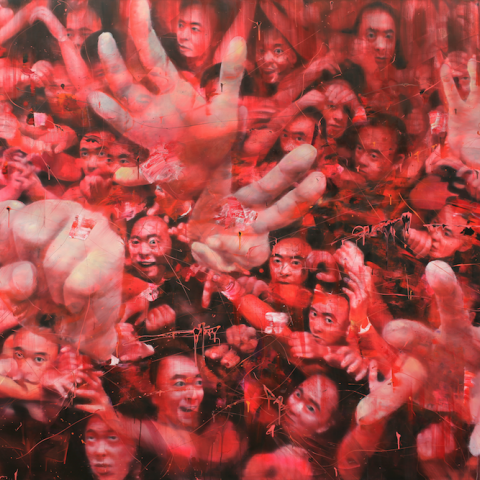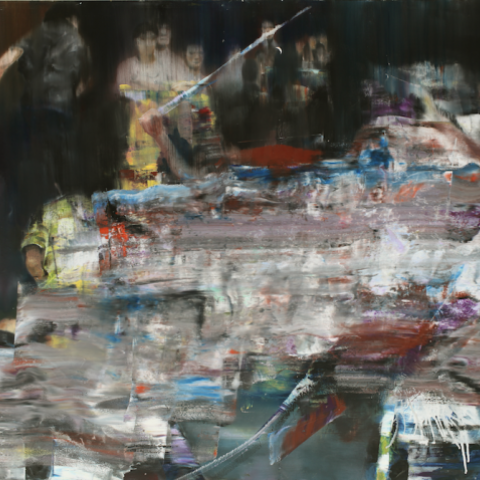JD Malat Gallery
30 Davies Street
Mayfair
London
W1K 4NB
United Kingdom




Chinese artist Li Tianbing brings his unique visual language to JD Malat Gallery in London Thursday 2nd May - Saturday 15th June, communicated through his exciting new exhibition URBAN SCENE. The paintings are characterized by vivid expressions and bold and vigorous outlines, constructed through a fusion of Eastern and Western artistic techniques.
Li Tianbing alludes to “the living dilemma” and the humanitarian crisis as his inspirations behind “URBAN SCENE.” His fascination with the forces of conflict and confrontation have fuelled this attempt at discussing what he refers to as the human’s living condition. Bing’s diverse cultural background and experiences have informed his understanding of global conflicts, from violence, wealth disparity and psychological imbalance in China, to immigration in Europe and the battle between multicultural political correctness and conservatism in the US.
Specifically, Bing refers to the “foul and evil-foreboding air” felt in China upon recent visits, brought about by the booming economy increasing the gap between the rich and the poor, causing psychological imbalance. This in effect, gives a voice in the discussion of conflict to those psychologically marginalised in society by ideologies of power and wealth. His exploration of marginalisation and loneliness is multifaceted; Bing explores the present through the urban series which expresses the actuality of conflict and confrontation, while the children’s series explores the loneliness of his childhood memory.
Bing expresses feelings of fragmentation and the visual discontinuity during the conflict through his brushstrokes. Much of Bing’s work is reflective of his early experience of solitude in a highly political society. The juxtaposition of fiction and reality portray the psychological effects of China’s one-child policy and replicates his imagined childhood, serving as a self-healing process to the artist as he re-lives and alters the memory of his childhood.
For Bing, the creative process constantly varies; “The time to finish each work is different, sometimes it can be executed very fast in one day, some time it take months, as I need to work again and again on the same surface to get the effect of accumulation of arrangements on the canvas.”
Bing uses Chinese traditional painting, a technique he has practiced since the age of 8, and his oil painting is particularly influenced by the more impressionist Xieyi style. Bing works very rapidly as he needs to work when the oil is still wet, scratching the surface of the oil paint in the same way he would with a big brush in ink. This fusion of Eastern and Western techniques is another dimension through which his ideas of universal conflict are communicated, and further represent his ongoing advancement of the “self” as his techniques are ever changing. Bing asserts that his favorite piece from Urban Scene is “always the next one,” his forward facing approach fuels the ever changing nature of his techniques and further reflects his self healing process as he continues to alter the past and present through his imagination. Bing notes that he challenged himself with finding an innovative way to paint to accommodate his new subject, and that this is the first time he will show the whole new series in Europe, and describes the style as somewhat of a continuation of futurism.
